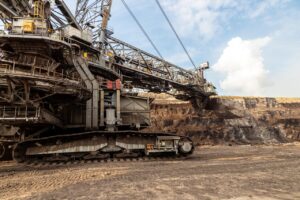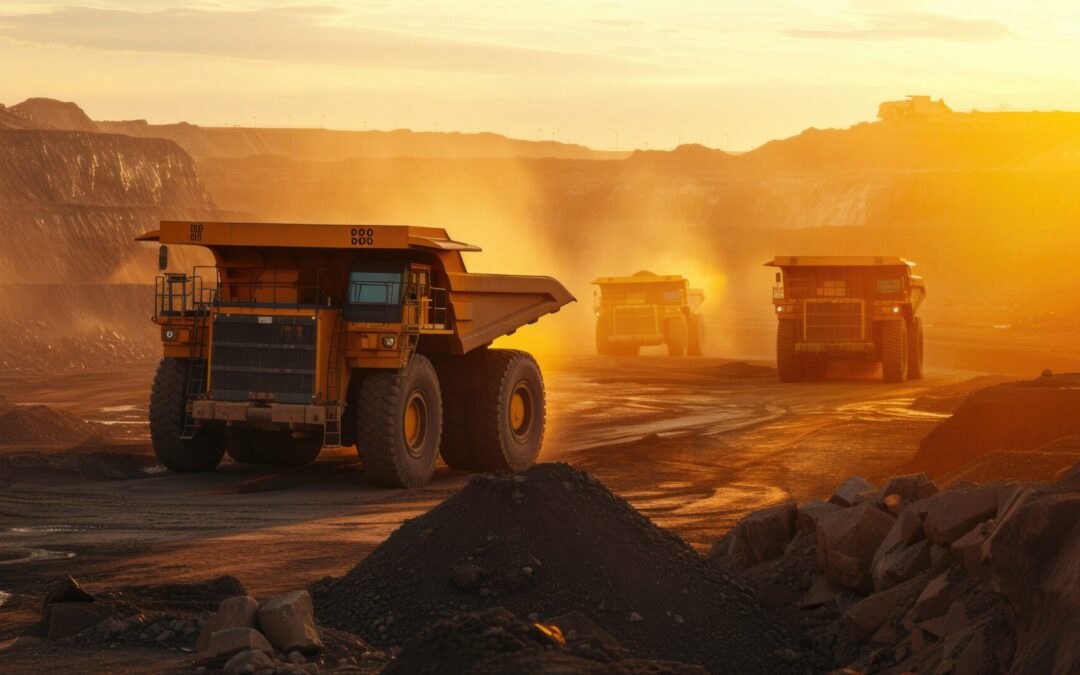Mining operations are held to some of the strictest safety regulations in the world, and one key player in ensuring those standards are met is the Mine Safety and Health Administration (MSHA). Regular MSHA inspections are critical to maintaining the safety and health of miners, but many mine operators feel anxious when inspection day comes. With a clear understanding of the key focus areas of these inspections, and how to prepare for them, mine operators can ensure compliance and create a safer work environment for all.
What is the Role of an MSHA Inspector?
The role of an MSHA inspector is to enforce safety and health regulations at all mining sites, whether surface or underground. These inspections aim to identify potential hazards and non-compliance issues that could result in accidents or illnesses.
Inspectors assess various factors such as working conditions, equipment maintenance, and training protocols to ensure all operations comply with current MSHA standards. The primary goal is to ensure that miners return home safe and sound at the end of each shift.
What Do MSHA Inspectors Look For?
When preparing for an MSHA inspection, knowing what inspectors focus on is essential. Let’s look at some of the most critical areas inspectors examine.
Ground Control:
Inspectors closely observe the mine’s ground control plan to verify stability, preventing dangerous ground falls or wall collapses. Mine operators need to ensure that ground support systems are in place and properly maintained to protect both personnel and equipment.
Ventilation
Proper ventilation is essential in mining operations to ensure fresh air circulation and reduce harmful airborne contaminants like dust and toxic gasses. MSHA inspectors evaluate the effectiveness of the mine’s ventilation system, ensuring it complies with regulatory standards to safeguard workers’ health.
Equipment Safety
Inspectors scrutinize mining equipment for proper maintenance and operational safety. Issues such as damaged machinery, outdated safety features, or malfunctioning equipment can lead to citations or shutdowns. Operators should routinely inspect their equipment, address any issues, and document maintenance efforts.
Personal Protective Equipment (PPE)
The use of appropriate Personal Protective Equipment (PPE) is non-negotiable in the mining industry. MSHA inspectors ensure that miners are provided with and are using the right gear—such as helmets, gloves, respirators, and high-visibility vests—while working in hazardous environments.
Hazard Communication
MSHA regulations require clear communication of potential hazards within the mine. This includes proper labeling of hazardous substances, training workers on handling such materials, and posting visible safety signage. Inspectors will confirm that these measures are in place and followed consistently.
Emergency Preparedness
Mining operations are required to have comprehensive emergency preparedness plans, including protocols for fire safety, evacuation procedures, and first aid. Inspectors review these plans to ensure that in the event of an emergency, workers know how to respond promptly and effectively.
Training and Certification
Training is an ongoing requirement in mining operations. MSHA mandates that all miners receive thorough training on safety procedures and mine-specific hazards. Inspectors check training records to ensure that all workers are properly certified and have completed mandatory refresher courses.
Record Keeping
Inspectors review documentation to ensure that mining operations comply with federal regulations. This includes examining records of safety training, equipment, inspections, and incident reports.
Noise Levels
MSHA inspectors assess whether noise levels in the mining environment exceed permissible limits. Prolonged exposure to high noise levels can lead to hearing loss and other health issues for workers. Inspectors may use sound level meters to measure decibel levels in various areas of the mine, especially in places where heavy machinery operates.
Environmental Conditions and the Effects on Workers Safety
MSHA inspectors focus on the environmental conditions within mining operations, as these factors significantly influence worker safety and health.
How Often Does MSHA Inspect Mines?
MSHA is required to conduct regular inspections of all active mines. Typically, these inspections occur at least twice a year for surface mines and four times a year for underground mines. The frequency can vary based on several factors, including the mine’s size, type, and the history of safety violations.
How Can You Prepare for an MSHA Inspection?
Proper preparation for an MSHA inspection is critical for maintaining safety compliance and avoiding costly penalties. Here are steps to ensure your mine is ready:
- Review MSHA Regulations: Familiarize yourself with the latest MSHA standards and regulations that apply to your mining operations. Keep yourself updated on any regulatory changes that could impact your compliance.
- Conduct Internal Audits: Regularly audit your operations to identify potential safety hazards and areas of non-compliance. This proactive approach allows you to correct issues before they become violations.
- Maintain Proper Documentation: Ensure that all safety procedures, hazard assessments, and employee training records are up to date and easily accessible. Inspectors will request these documents during their visit.
- Train Employees: Provide ongoing safety training for all employees, ensuring that they understand MSHA regulations and are equipped to follow them.
- Inspect Safety Equipment: Regularly check the condition of PPE, ventilation systems, and mining equipment to ensure everything is functioning correctly.
- Review Emergency Procedures: Update and practice your emergency response plans, ensuring that all workers know how to act in case of an incident.
- Enhance Communication: Implement clear hazard communication practices, including labeling, signage, and safety meetings, to keep all employees informed about potential dangers.
- Conduct Safety Meetings: Hold regular safety meetings to review protocols and discuss any recent changes or concerns.
- Ensure Ground Control: Conduct routine inspections of your ground control measures to maintain the stability and safety of mine structures.
- Check Ventilation Systems: Test ventilation systems to ensure they are providing adequate airflow and mitigating the buildup of harmful gasses.
- Prepare for the Inspector’s Arrival: Ensure that all employees know what to expect during an inspection and that all records and safety measures are readily available for review.

Ensuring Compliance and Safety for Future Inspections
MSHA inspections are a vital part of the mining industry. By focusing on critical areas such as ground control, ventilation, equipment safety, PPE, hazard communication, emergency preparedness, and training, mine operators can ensure they are not only compliant with MSHA standards but also protecting the well-being of their workers. Regular self-assessments, comprehensive safety programs, and continuous education will go a long way in fostering a safer, more compliant mining operation.
Staying proactive with these safety measures is the key to not only passing inspections but also creating an environment where miners can thrive.

